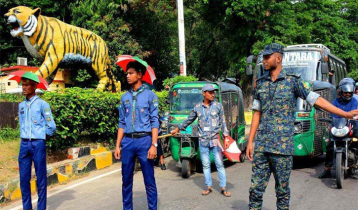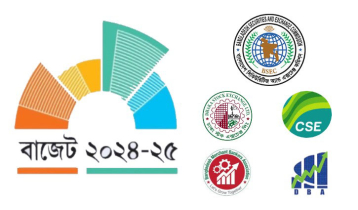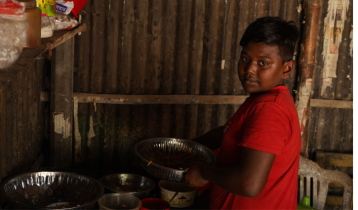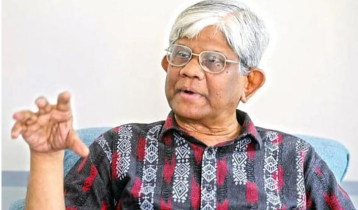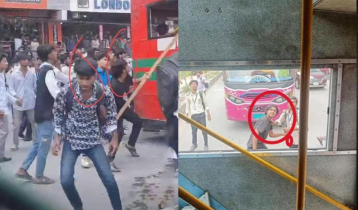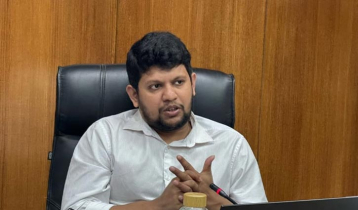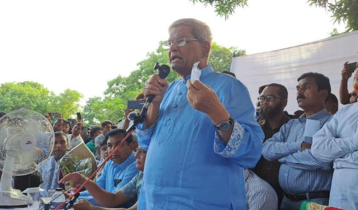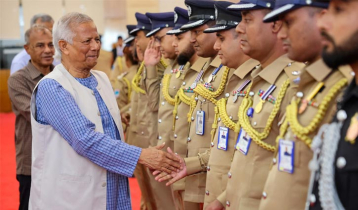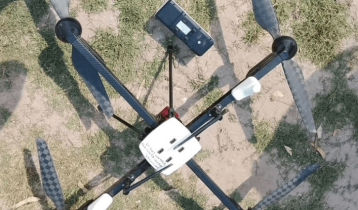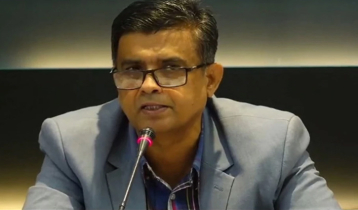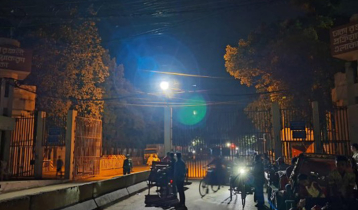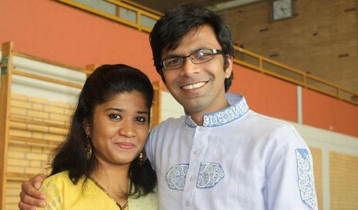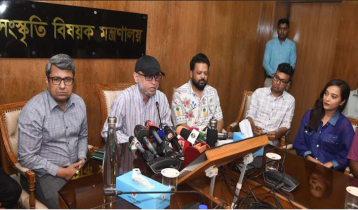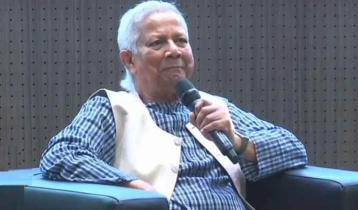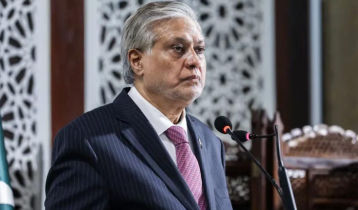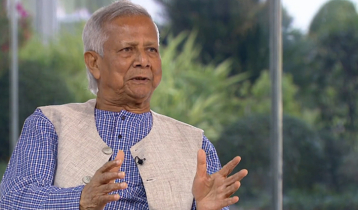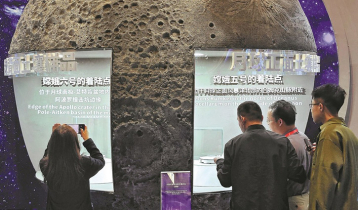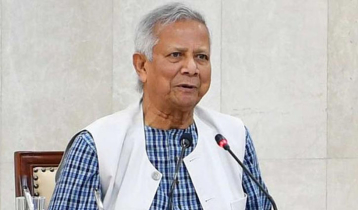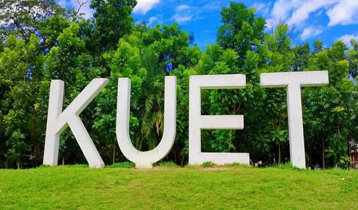Frog reproduction cycle now at bathhouse of Mughal’s Nabab!
Manzurul Alam Mukul || risingbd.com

Manzurul Alam Mukul: Hammam means a community bathhouse or only a bathhouse. Basically, it comes from the Persian word ‘hu-mam’. The idea of hammam was developed in the Muslim countries.
In Arab countries, the word hammam was used to mean bathplace in general. In Turkey, bath place for the commoners was also called hammam. In the Victorian era, hammams became popular as a place for bathing and relaxing for the people in West Europe.
The first hammam of the Muslim civilization was built in Asia Minor. Hammam adjacent to the palace ‘Qusayer Amara’ built in 712-715 AD, during the Umayyad era, is regarded as the first ever hammam built in the Musilm civilization. The trend of building hammams remained uninterrupted during the Abbasyde era as well.
Some hammamkhanas were identified to belong to those eras, at different locations: Sattaisgarh Hammamkhana at Hazrat Pandua of West Bengal in India, Mirzanagar Hammamkhana in Jessore, Ishwaripur Hammamkhana and Jahajghata Hammamkhana in Satkhira, Lalbagh Hammamkhana and Jinjira Hammamkhana in Dhaka and Chhoto Sona Masjid Hammamkhan in Chapainawabganj. Among them, Mirzanagar Hammamkhana in Jessore made with bricks and lime-surki following North Indian style in planning and construction is regarded as the best-preserved Hammamkhana of Bangladesh and West Bengal.
Construction period of Mirzanagar Hammamkhana: Jessore is famous for many historical and oldest archaeological sites. From the ancient period, Jessore was the doorway to East Bangla. Many kings, emperors, rulers, Sufi saints, Pirs and religious scholars entered East Bangla via Jessore. They also chose different places of Jessore to live. So, many structures were built there for those reasons. Such kind of place was Trimohini, located on the banks of two rivers Kopotakkho and Boribhodra. Mirzanagar is now a village under Trimohini union of Keshabpur upazila. At present, Mirzanagar looks a very remote village, none will believe that Mirzanagar is a historical village. But, it is the truth that Mirzanagar was one of the important Fouzdar capitals in Mughal period.
During the rule of Mughal Emperor Akbar (1639s-1663s), Shah Suja was appointed as the Subedar of Bengal. In 1649s, Subedar Shah Suja appointed the son of his brother-in-law, Mirza Safsikan as the Fouzdar for Jessore. It can be here mentioned during the Mughal period a region like Bangla was ruled by a Subedar. There were many Fouzdars under a Subedar, and a Fouzdar would rule a specific area.
Being the Jessore Fouzdar, Mirza Safsikan came to Trimohini area from then capital Sarfarajpur. Locally called ‘Nabab’, Safsikan built many buildings there to conduct his administration. He also built some residential buildings (royal buildings) to live, which is known yet as ‘Nabab Bari’. The area was named Mirzanagar, and it was declared the capital of Jessore Fouzdar. He also built a hammamkhana, which is historically renowned Mirzanagar Hammamkhana. Only this edifice is existing now a days, and rest of other contemporary edifices of Safsikan have vanished.
Features of Mirzanagar Hammamkhana: Mirzanagar Hammamkhana bears the features of Mughal architectural style. Built in a complex structural system, the rectangular shaped building has four rooms. The western side two rooms are 18.8 feet x 18 feet and 18.8 feet x 17 feet respectively while the eastern side two rooms are 12.2 feet x 10 feet and 10 feet x 6.6 feet respectively. Two windows are available each at the first two rooms, and those are very small in size. The rooms are having several bathtubs and each of those is in different shapes, sizes, and heights.
There is a tale that taxes collected from the people were kept in a room beside the well. Some termed the place as a fort. But, most of opinions recognized it as Hammamkhana due to existence of birth tubes.
Present condition of Mirzanagar Hammamkhana: Although Mirzanagar Hammamkhana was built about four hundred years ago, its beautiful architecture is now able to woo attentions of common people and tourists. Among the many edifices at Mirzanagar, only the hammamkhana exists there. In 1986s, the Archeological Department of the government of Bangladesh declared it as archeological heritage site and took the responsibility to look after it.
During visit to the historical site, it was seen the main building of the hammamkhana has gone down about 8/10 feet mud. The condition of the round shaped structure water well is very bad. The water of the well becomes poisonous and looks like tar as different kind of bottles and man-made wastes have been fallen into it. As a result, some frogs and catfish living in the well become poisonous and frightful figures. The frightful frogs and catfish have continued their reproduction cycle in poisonous water and environment for a long time.
Edifices in many places of Trimohini: There are many edifices at Mirzanagar and Trimohini, but most of them edifices have vanished. According to history, not only Safsikan but also some other Fouzdars and rulers chose the area as capital and built many infrastructures there.
Subedar Islam Kha appointed his army chief Enaet Kha as the Fouzdar of Jessore. It can be here mentioned that after the collapse of rule of Raja Pratapaditya, Raghob Roy and Chand Roy made rulers of Jessore, but they conducted their administration from Jessore sadar. Being Fouzdar of Jessore, Enaet Kha came to Trimohini area. Besides, conducting administrative activities, he also built a two-storied building to live. After the death of Enaet Kha, Sarfaraj was made Jessore Fouzdar. and after the death of Sarfaraj Kha, Mirza Safsikan was made the Jessore Fouzdar. Basically, the area was developed during the period of Mirza Safsikan. His residential building (palace) is known as ‘Nabab Bari’ yet, but all the edifices have vanished. Only a mosque beside the Nabab Bari still exists. For a long time, the mosque was unusable, but after repairing it the local people are now offering prayers at the mosque.
Huge pieces of bricks, lime-surki and building materials remained abandoned spreading about one kilometer at Mirzanagar were used in making roads in Pakistan period.
During the rule of Mughal Emperor Arangajeb, Nurla Kha was made Jessore Fouzdar, and he built a palace ‘Killabari’ on the south bank of Boribhodra. The palace was surrounded by a canal and 8/10 feet wall and named the area as Motijheel.
There was a big fort surrounded by cannons. Finally, two cannons were found, one of which was used in making handcuffs for the prisoners of Jessore Jail, and one has been kept at Jessore Bus Terminal (in front of Monihar Cinema Hall) under the supervision of Jessore Pourashava.
Talking to risingbd local experts alleged that the Archeological Department declared Mirzanagar Hammamkhana as archeological heritage site in 1986s, but any pragmatic step has yet been taken to maintain it and make it as tourist spot. They opine that the government should take some pragmatic steps in a bid to make it a tourist spot side-by-side protecting it.
Risingbd/Oct 31, 2014/Mukul
risingbd.com

